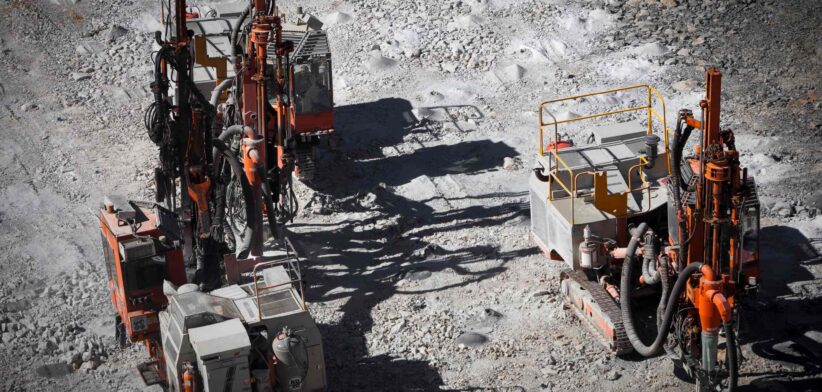The resources sector has one eye on the clouds and one overseas as it looks to forecast the nation’s export earnings over the coming year.
The March Resources and Energy Quarterly (REQ) flagged that recent predictions of a La Nina weather event this year and the ongoing conflicts in the Ukraine and Middle East threw uncertainty into any forecasts.
The report said “higher-than-normal odds of a new La Niña episode starting in the second half of this year raises the risk of wet weather and flooding that heavily impacted mines, transport routes and ports in Australia in 2021-23”.
It also stated that, while a further widening of Western sanctions on Russia to include base metals may improve the prospects for Australian metal producers (particularly of nickel and aluminium) any escalation in the Hamas-Israel conflict could disrupt Middle East oil/LNG supply and raise prices, hurting world economic growth.
The March report forecast Australian resource and energy export earnings to be $417 billion in 2023–24, down around 10% from a record $466 billion in 2022–23, following the spike in energy prices due the fallout from the Russian invasion of Ukraine.
In 2024–25, it expects export earnings to fall further to around $369 billion, reflecting further bulk commodity price declines and a rise in the AUD/USD.
It said world economic growth remained soft, weighed down by relatively tight financial conditions. However, key markets had continued to support commodity demand and US economic growth had been robust despite interest rate hikes in the past 2 years.
“In China, strong investment in infrastructure and manufacturing capacity has helped resource and energy commodity demand in the face of weak demand from the residential property sector.”
While Chinese demand is likely to continue to shape commodity markets over the next five years, Indian economic growth is currently the strongest in the world, the report said.
“(India’s) growing manufacturing base, strong infrastructure spending and demographics, all suggest rising per capita consumption of resource and energy commodities (and) by 2029, India will account for a significantly larger share of world commodity demand.”
The report said the continuing evolution of technologies during the energy transition increased the challenge of forecasting future demand, supply and prices.
“The decarbonisation of steel/aluminium production and supply chains will affect growth and trade patterns over the outlook period to 2029,” it said.
“Overcoming the substantial technological, energy and feedstock challenges required to achieve this transformation will take both time and substantial capital investment. There are already many pilot steel plants under construction around the world, especially hydrogen-based DRI (Direct Reduced Iron) operations, most of which are expected to begin over the next two years.”
The report noted that prices of critical minerals lithium and nickel reached high levels in 2022 and the first half of 2023, but strong supply growth and softer-than-expected demand for both metals has seen market surpluses develop.
Since the last REQ, rising inventories had seen the prices of lithium and nickel hit five-year lows.
“The relatively weak price outlook has contributed to announced closures and production cuts by a number of key nickel and lithium producing nations (including Australia) and added to existing supply chain uncertainties associated with Western nations’ policy measures to secure future supply,” the report said.
It said some high-cost nickel producers may shut down. However, nickel’s use in a widening array of materials and technologies meant a tightening global balance and the report suggested improved prices within the next five years.
It said lithium remained a central component of batteries used in numerous technologies.
“Australian lithium exports are likely to remain substantial, with most lithium producers in Australia likely to remain globally competitive.”








